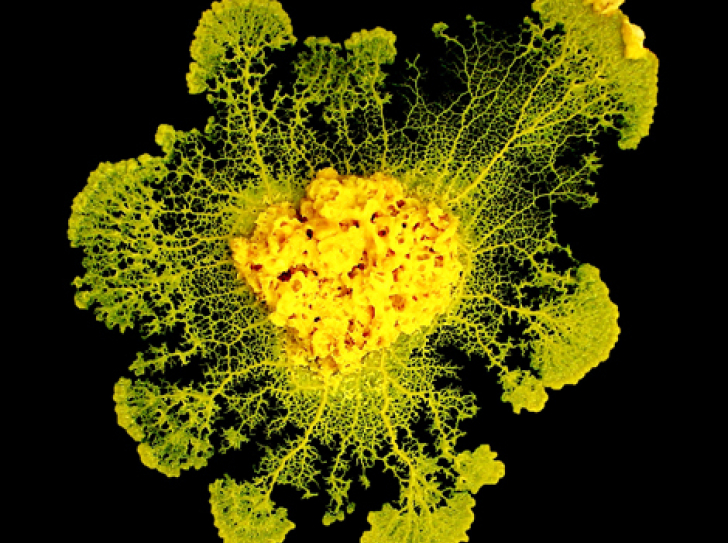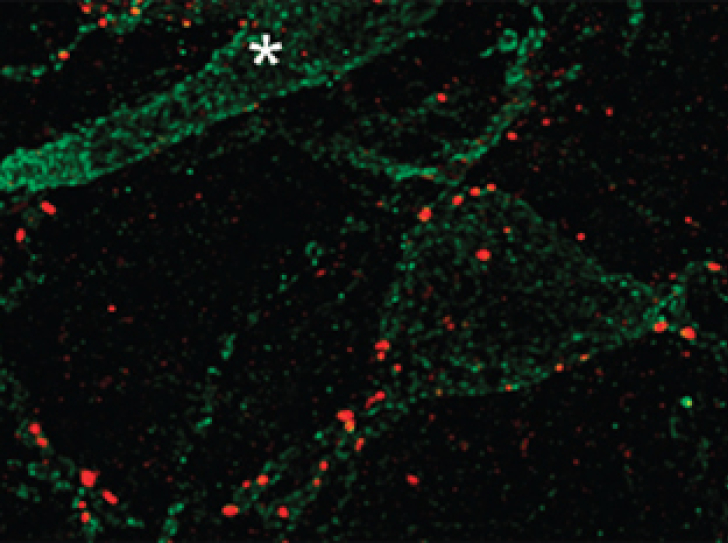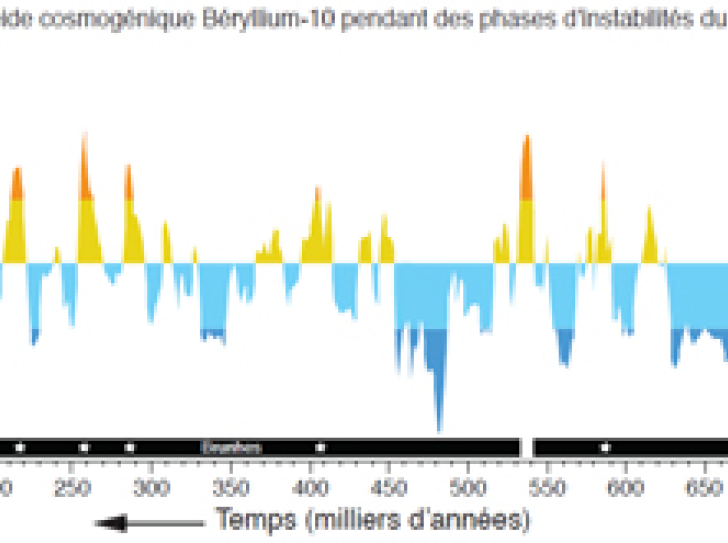News round-up
791 results
Press
The blob can learn - and teach !
It isn't an animal, a plant, or a fungus. The slime mold (Physarum polycephalum) is a strange, creeping, bloblike organism made up of one giant cell…
Read more
Press
Optical control of a neuroreceptor alleviates chronic pain
Pain serves as a valuable warning signal, but when it becomes chronic, pain should be considered as a real disease. An international team including…
Read more
Press
Materials: when defects turn into qualities
Hybrid organic-inorganic materials, which were developed approximately twenty years ago – notably by Gérard Férey, laureate of the CNRS 2010 Gold…
Read more
Press
Light-induced vesicle explosions to mimic cellular reactions
Cells are the site of a multitude of chemical reactions, the precision of which is envied by scientists. A team of researchers from the CNRS and…
Read more
Press
Stretching time to improve extreme event prediction
Stretching time scales to explore extreme events in nature seemed impossible, yet this feat is now conceivable thanks to a team from the Institut…
Read more
Press
ERC "Consolidator" Grants: the CNRS tops the EU institutions ranking
The European Research Council (ERC) has announced the results of its call for proposals for the "ERC Consolidator Grant 2016," which rewards…
Read more
Press
Atmospheric methane concentrations are rising faster since 2007
An international group of researchers led by LSCE (CEA-CNRS-UVSQ) has published a thorough budget of methane sources and sinkssinks: chemical…
Read more
Press
Neurons paralyze us during REM sleep
During REM sleep, the brain inhibits the motor system, which makes the sleeper completely immobile. CNRS researchers working in the Centre de…
Read more
Press
Marine sediments record variations in the Earth's magnetic field
Past variations in the strength of the Earth's magnetic field are reflected by the production of isotopes in the atmosphere. Researchers from the…
Read more
Press
Subduction zone geometry: a mega-earthquake risk indicator
Mega-earthquakes (with a magnitude greater than 8.5) mainly occur on subduction faults where one tectonic plate passes under another. But the…
Read more









